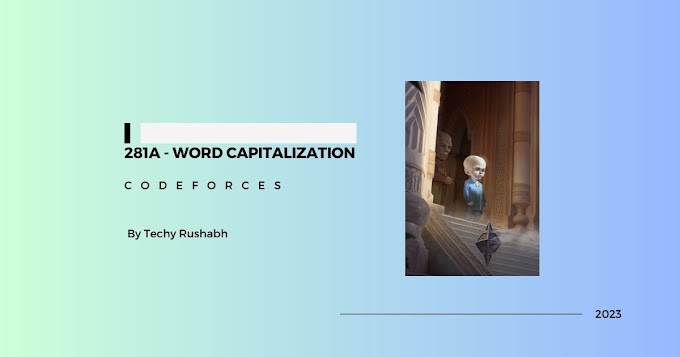Introduction
The highly anticipated results of the State of JavaScript survey for 2022 are in, and they're shaking up the JavaScript landscape. With nearly 40,000 developers participating, the survey provides valuable insights into the technologies developers love, the ones they tolerate, and the ones they actively avoid. This post breaks down the key findings, from framework rankings to salary expectations and emerging trends. Get ready for some surprises!
Developer Demographics and Salary Insights
The survey paints a picture of the average JavaScript developer as someone over 25 years old, with at least three years of experience. A majority of the responses came from developers in the United States and Europe. Interestingly, the survey reveals a potential disconnect between expectations and reality. Over 60% of respondents earn less than $100,000 a year, and only 3% earn over $200,000. The data also highlights regional salary disparities, with the United States being the highest-paid region and Nigeria at the bottom.
Regarding gender, the survey revealed that non-binary genders had the highest percentage above 100k. The key takeaway here is that while boot camps can provide a foundation, a quick leap to high-paying developer roles may not be as straightforward as often portrayed.
Framework Tier List: The Good, The Bad, and The Cordova
The heart of the survey is the framework tier list, ranking technologies based on the percentage of users who would use them again. Technologies like Svelte, TypeScript, Playwright, and Vite occupy the top tiers, indicating high levels of satisfaction. Next.js is also doing well.
One notable surprise was React ranking higher than Vue, though only by a small margin. The survey suggests that older, more established technologies tend to receive more criticism. Angular, despite its improvements, remains at the bottom of the list, possibly due to negative perceptions among developers who haven't even used it. Gulp and Browserify, tools that have been declining in popularity, also reside at the bottom.
At the very bottom? Cordova. The survey suggests that building mobile apps with Cordova today can be a challenging experience. Another surprising entry is Gatsby, which has experienced a significant drop in satisfaction, falling from 88% to 38%. Lerna, now managed by NX, also finds itself in the lower tiers.
JavaScript Features and Emerging Trends
When it comes to JavaScript features, Nullish coalescing seems to be the most popular new feature. It's also surprising how many people are not using Logical Assignment. According to the survey, frontend developers are now using TypeScript more than vanilla JavaScript, a trend that seemed unlikely just a few years ago.
Looking Ahead: Disruption on the Horizon
It's important to remember that a low ranking shouldn't necessarily discourage you from using a particular technology. The best tool depends on the specific job. Furthermore, the top tiers of the framework landscape are likely to be disrupted by emerging tools like Astro, Quick, and Solid in the coming year. Libraries to watch include TanStackQuery, TRPC, and Zod.
Conclusion
The 2022 State of JavaScript survey provides a fascinating snapshot of the JavaScript ecosystem. Key takeaways include the importance of TypeScript, the shifting framework landscape, and the often-unrealistic expectations surrounding developer salaries. While the framework tier list offers valuable insights, it's crucial to choose the right tool for the job and stay open to emerging technologies that could reshape the future of JavaScript development.
Keywords: JavaScript, Frameworks, State of JavaScript, TypeScript, Front-end Development




0 Comments